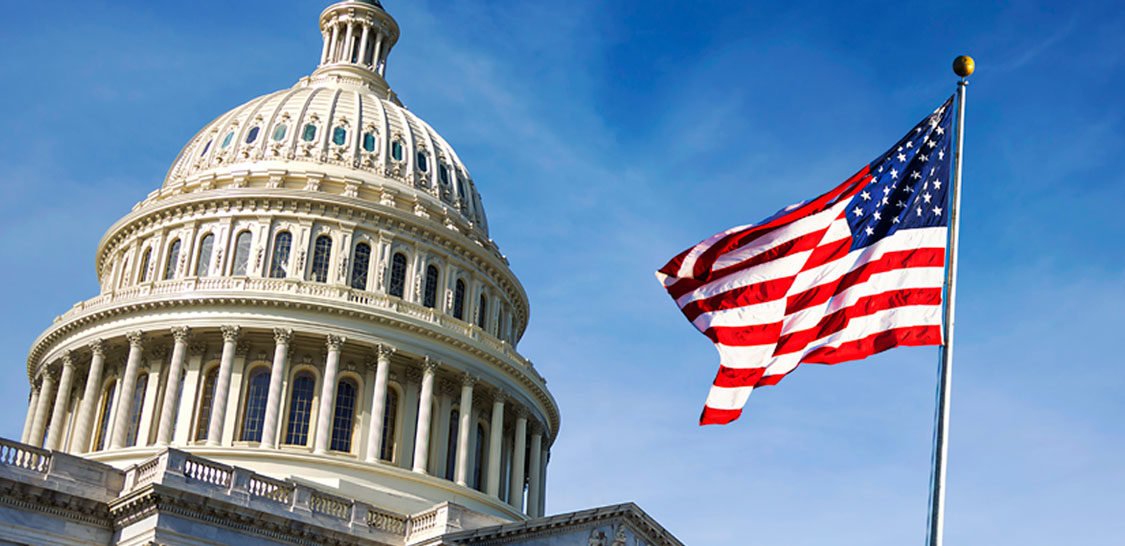On December 20, 2020, Senate leadership announced a bipartisan deal on an approximately $900 billion economic relief package. The deal is part of the federal government spending bill (known as the Consolidated Appropriations Act, 2021) and is expected to pass through both chambers Monday. President Trump is expected to sign it into law. Until it is signed, however, the information below is subject to change. The RKL team is reviewing the just-released legislative text with more analysis to follow.
Key provisions of the relief bill
The largest expenditure in the legislation is more than $330 billion in small business relief, which includes around $284 billion for Paycheck Protection Program (PPP) round two. These PPP funds are open to both prior and new borrowers that meet mostly stricter eligibility requirements this time around. Round two requirements include both declines in gross receipts of at least 25 percent and reduced employee limitations (300 or fewer employees unless alternative size criteria are met). There is also a cap on the loan size of the lesser of 2.5x average monthly payroll (3.5x for companies in NAICS 72) or $2 million. There is, however, expanded PPP eligibility for select nonprofits and local newspapers, TV and radio broadcasters. The Act requires the SBA to implement provisions within 10 days of enactment.
In addition to new PPP funds, the bill provides tax deductibility of forgiven PPP expenses and EIDL advances/grants. It also expands the types of expenditures that are eligible for forgiveness and allows for simplified forgiveness for loans up to $150,000.
The legislation also includes stimulus checks for millions of Americans of up to $600 per person. The size of that benefit would be reduced for people who earned more than $75,000 of AGI in 2019 and disappear altogether for those who earned more than $99,000 (limitations doubled for married filing jointly). The stimulus checks would provide $600 per adult and child dependent, meaning a family of four would receive $2,400 before any income limitations.
Also included in the legislation:
- $300 per week unemployment bonus until mid-March (similar to the $600 bonus earlier this year)
- $20 billion of additional EIDL funding (part of $330 billion of small business relief)
- $25 billion for direct rental assistance and an extension of the eviction moratorium
- $15 billion in grants for live venues
- $82 billion in education funding
- $45 billion for transportation and airline payroll assistance
- $48 billion for procurement and, distribution of the vaccine and support testing
- Tax credit for paid sick leave
- Surprise medical billing restrictions
- Various tax extenders
- Provisions on the Fed’s 13(3) authority
- 100% federal tax deduction for business meals
What businesses can do now
We are reviewing the just-released legislative text and will provide more information and analysis once available. Until then, businesses looking to tap into the latest round of PPP funding should review their existing PPP loan application (if they applied), start pulling revenue data (excluding PPP/EIDL funds) for each calendar quarter of 2019 and 2020 and (if a first-time PPP borrower) pull 2019 payroll by employee, as well as payroll by employee for the last twelve months if that is expected to be higher than 2019.
RKL advisors are here to help if you have any questions and will continue to provide guidance at our Business Recovery Resource Center as the comprehensive package is finalized over the coming days.




